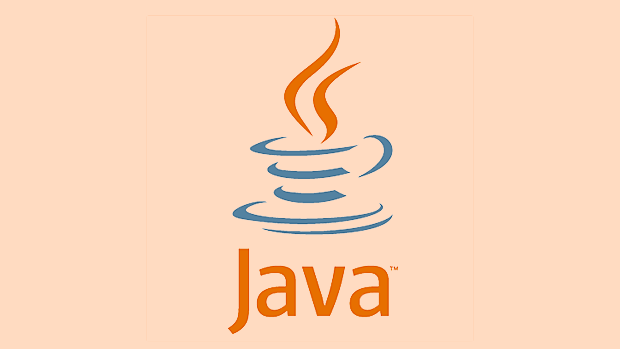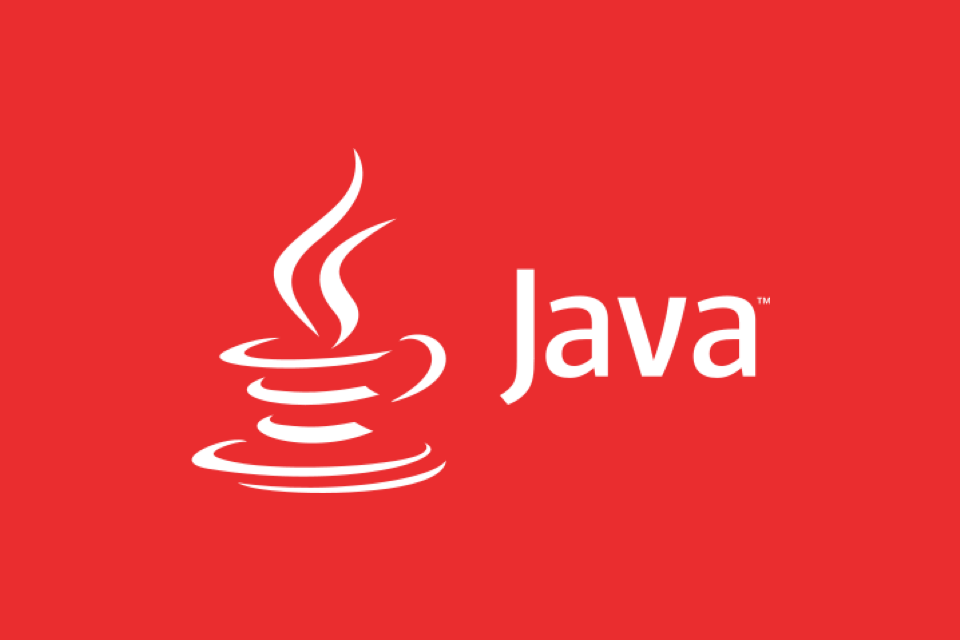Java Security Best Practices for Microservices API Gateway
Jul 25, 2025 am 01:15 AMTo ensure the security of the API gateway implemented by Java, we need to start from four aspects: authentication, authorization, current limit, logging, and secure communication. 1. Use OAuth2 or JWT to achieve stateless authentication, combine Spring Security verification tokens, and control role permissions through path matching; 2. Use Redis Lua script to achieve distributed current limit, configure different levels of policies, and combine the circuit breaker mechanism to prevent system crashes; 3. Record information such as request source IP, user identity, etc., generate traceId tracking links through MDC to avoid recording sensitive data; 4. Enable HTTPS encrypted communication, use TLS 1.2 or above, both internal and external networks use bidirectional TLS, and regularly update certificates to ensure security.

In the microservice architecture, the API gateway serves as the entrance to all requests and undertakes key responsibilities such as authentication, authentication, flow restriction, and logging. Java is one of the common languages for building API gateways, so it is crucial to ensure its security. To ensure the security of the API gateway implemented by Java, we cannot rely solely on peripheral protection, but we must also work hard on the code level, architecture design and deployment strategies.

Authentication and authentication must be strictly controlled
The API gateway is the first line of defense, and it must be ensured that each request is authenticated and has permission control based on the role. It is recommended to use OAuth2 or JWT (JSON Web Token) to implement stateless authentication mechanism.
- Use Spring Security OAuth2 Resource Server to verify tokens easily.
- To avoid storing sensitive information in token payload, it is recommended to use opaque token (opacity token) and verify it from the gateway to the authentication center.
- Each microservice should not repeat authentication logic, and the gateway should complete the basic authority judgment before forwarding.
For example, Spring Cloud Gateway combined with Spring Security allows easy path-based access control:

@Bean
public SecurityWebFilterChain springSecurityFilterChain(ServerHttpSecurity http) {
return http.authorizeExchange()
.pathMatchers("/admin/**").hasRole("ADMIN")
.anyExchange().authenticated()
.and()
.oauth2ResourceServer()
.jwt()
.and()
.and()
.build();
}Limit request frequency to prevent abuse and DDoS attacks
The API gateway should have the ability to limit the flow to prevent a user or client from frequently calling the interface, causing the system to be paralyzed. Common current limiting strategies include fixed windows, sliding windows, token buckets, leaky buckets, etc.
- It is recommended to use Redis Lua scripts to achieve distributed current limiting, which is suitable for multi-instance deployment scenarios.
- Different levels of current limit configuration are performed according to user identity, IP address, or API Key.
- For high concurrent services, cascade failures can be avoided in combination with circuit breaker mechanisms (such as Resilience4j).
For example, in Spring Cloud Gateway, you can use RequestRateLimiter to implement user-based stream limit:

spring:
cloud:
gateway:
routes:
- id: my_route
uri: lb://my-service
Predicates:
- Path=/api/**
filters:
- name: RequestRateLimiter
args:
redis-rate-limiter.replenishRate: 10
redis-rate-limiter.burstCapacity: 20
key-resolver: "#{@userKeyResolver}"Logging and audit information cannot be ignored
Good logging can help quickly locate problems and can also be used for subsequent security audits. The API gateway needs to record the basic information of each request, including the source IP, user identity, request path, response status code, etc.
- Use MDC (Mapped Diagnostic Context) to generate a unique traceId for each request, which is convenient for tracing the link.
- Do not record sensitive data, such as passwords, token original text, etc.
- The log level is recommended to set to INFO, which records the request header, path, and status code by default; DEBUG can be used to view the complete request body during debugging.
Example: Add traceId to log context via interceptor:
@Component
public class TraceLoggingFilter implements WebFilter {
@Override
public Mono<Void> filter(ServerWebExchange exchange, WebFilterChain chain) {
String traceId = UUID.randomUUID().toString();
MDC.put("traceId", traceId);
return chain.filter(exchange).doOnTerminate(MDC::clear);
}
}In this way, each log will bring the currently requested traceId, which is convenient for troubleshooting.
Secure communication and certificate management are not allowed
Communication between the API gateway and the backend service must be encrypted to prevent man-in-the-middle attacks. HTTPS is a basic requirement, and you must also pay attention to the management and update of certificates.
- All externally exposed interfaces must enable HTTPS.
- Using TLS 1.2 or later, disable old protocols (such as SSLv3).
- If the gateway and backend services go intranet, it is also recommended to use two-way TLS (mTLS) to enhance security.
Spring Boot applications can enable HTTPS in the following ways:
server:
port: 8443
ssl:
key-store: classpath:keystore.p12
key-store-password: your_password
key-store-type: PKCS12
key-alias: my_aliasRemember to update your certificates regularly, especially if the certificate is about to expire or the key is leaked.
Although the above practices seem to be "regular operations", they are easily overlooked or not done properly in actual projects. As long as these details are implemented in place, the API gateway built by Java can have high security. Basically all this is not complicated but easy to ignore.
The above is the detailed content of Java Security Best Practices for Microservices API Gateway. For more information, please follow other related articles on the PHP Chinese website!

Hot AI Tools

Undress AI Tool
Undress images for free

Undresser.AI Undress
AI-powered app for creating realistic nude photos

AI Clothes Remover
Online AI tool for removing clothes from photos.

Clothoff.io
AI clothes remover

Video Face Swap
Swap faces in any video effortlessly with our completely free AI face swap tool!

Hot Article

Hot Tools

Notepad++7.3.1
Easy-to-use and free code editor

SublimeText3 Chinese version
Chinese version, very easy to use

Zend Studio 13.0.1
Powerful PHP integrated development environment

Dreamweaver CS6
Visual web development tools

SublimeText3 Mac version
God-level code editing software (SublimeText3)
 Asynchronous Programming Techniques in Modern Java
Jul 07, 2025 am 02:24 AM
Asynchronous Programming Techniques in Modern Java
Jul 07, 2025 am 02:24 AM
Java supports asynchronous programming including the use of CompletableFuture, responsive streams (such as ProjectReactor), and virtual threads in Java19. 1.CompletableFuture improves code readability and maintenance through chain calls, and supports task orchestration and exception handling; 2. ProjectReactor provides Mono and Flux types to implement responsive programming, with backpressure mechanism and rich operators; 3. Virtual threads reduce concurrency costs, are suitable for I/O-intensive tasks, and are lighter and easier to expand than traditional platform threads. Each method has applicable scenarios, and appropriate tools should be selected according to your needs and mixed models should be avoided to maintain simplicity
 Best Practices for Using Enums in Java
Jul 07, 2025 am 02:35 AM
Best Practices for Using Enums in Java
Jul 07, 2025 am 02:35 AM
In Java, enums are suitable for representing fixed constant sets. Best practices include: 1. Use enum to represent fixed state or options to improve type safety and readability; 2. Add properties and methods to enums to enhance flexibility, such as defining fields, constructors, helper methods, etc.; 3. Use EnumMap and EnumSet to improve performance and type safety because they are more efficient based on arrays; 4. Avoid abuse of enums, such as dynamic values, frequent changes or complex logic scenarios, which should be replaced by other methods. Correct use of enum can improve code quality and reduce errors, but you need to pay attention to its applicable boundaries.
 Understanding Java NIO and Its Advantages
Jul 08, 2025 am 02:55 AM
Understanding Java NIO and Its Advantages
Jul 08, 2025 am 02:55 AM
JavaNIO is a new IOAPI introduced by Java 1.4. 1) is aimed at buffers and channels, 2) contains Buffer, Channel and Selector core components, 3) supports non-blocking mode, and 4) handles concurrent connections more efficiently than traditional IO. Its advantages are reflected in: 1) Non-blocking IO reduces thread overhead, 2) Buffer improves data transmission efficiency, 3) Selector realizes multiplexing, and 4) Memory mapping speeds up file reading and writing. Note when using: 1) The flip/clear operation of the Buffer is easy to be confused, 2) Incomplete data needs to be processed manually without blocking, 3) Selector registration must be canceled in time, 4) NIO is not suitable for all scenarios.
 How Java ClassLoaders Work Internally
Jul 06, 2025 am 02:53 AM
How Java ClassLoaders Work Internally
Jul 06, 2025 am 02:53 AM
Java's class loading mechanism is implemented through ClassLoader, and its core workflow is divided into three stages: loading, linking and initialization. During the loading phase, ClassLoader dynamically reads the bytecode of the class and creates Class objects; links include verifying the correctness of the class, allocating memory to static variables, and parsing symbol references; initialization performs static code blocks and static variable assignments. Class loading adopts the parent delegation model, and prioritizes the parent class loader to find classes, and try Bootstrap, Extension, and ApplicationClassLoader in turn to ensure that the core class library is safe and avoids duplicate loading. Developers can customize ClassLoader, such as URLClassL
 Handling Common Java Exceptions Effectively
Jul 05, 2025 am 02:35 AM
Handling Common Java Exceptions Effectively
Jul 05, 2025 am 02:35 AM
The key to Java exception handling is to distinguish between checked and unchecked exceptions and use try-catch, finally and logging reasonably. 1. Checked exceptions such as IOException need to be forced to handle, which is suitable for expected external problems; 2. Unchecked exceptions such as NullPointerException are usually caused by program logic errors and are runtime errors; 3. When catching exceptions, they should be specific and clear to avoid general capture of Exception; 4. It is recommended to use try-with-resources to automatically close resources to reduce manual cleaning of code; 5. In exception handling, detailed information should be recorded in combination with log frameworks to facilitate later
 How does a HashMap work internally in Java?
Jul 15, 2025 am 03:10 AM
How does a HashMap work internally in Java?
Jul 15, 2025 am 03:10 AM
HashMap implements key-value pair storage through hash tables in Java, and its core lies in quickly positioning data locations. 1. First use the hashCode() method of the key to generate a hash value and convert it into an array index through bit operations; 2. Different objects may generate the same hash value, resulting in conflicts. At this time, the node is mounted in the form of a linked list. After JDK8, the linked list is too long (default length 8) and it will be converted to a red and black tree to improve efficiency; 3. When using a custom class as a key, the equals() and hashCode() methods must be rewritten; 4. HashMap dynamically expands capacity. When the number of elements exceeds the capacity and multiplies by the load factor (default 0.75), expand and rehash; 5. HashMap is not thread-safe, and Concu should be used in multithreaded
 Explained: Java Polymorphism in Object-Oriented Programming
Jul 05, 2025 am 02:52 AM
Explained: Java Polymorphism in Object-Oriented Programming
Jul 05, 2025 am 02:52 AM
Polymorphism is one of the core features of Java object-oriented programming. Its core lies in "one interface, multiple implementations". It implements a unified interface to handle the behavior of different objects through inheritance, method rewriting and upward transformation. 1. Polymorphism allows the parent class to refer to subclass objects, and the corresponding methods are called according to the actual object during runtime; 2. The implementation needs to meet the three conditions of inheritance relationship, method rewriting and upward transformation; 3. It is often used to uniformly handle different subclass objects, collection storage and framework design; 4. When used, only the methods defined by the parent class can be called. New methods added to subclasses need to be transformed downward and accessed, and pay attention to type safety.
 Effective Use of Java Enums and Best Practices
Jul 07, 2025 am 02:43 AM
Effective Use of Java Enums and Best Practices
Jul 07, 2025 am 02:43 AM
Java enumerations not only represent constants, but can also encapsulate behavior, carry data, and implement interfaces. 1. Enumeration is a class used to define fixed instances, such as week and state, which is safer than strings or integers; 2. It can carry data and methods, such as passing values ??through constructors and providing access methods; 3. It can use switch to handle different logics, with clear structure; 4. It can implement interfaces or abstract methods to make differentiated behaviors of different enumeration values; 5. Pay attention to avoid abuse, hard-code comparison, dependence on ordinal values, and reasonably naming and serialization.






